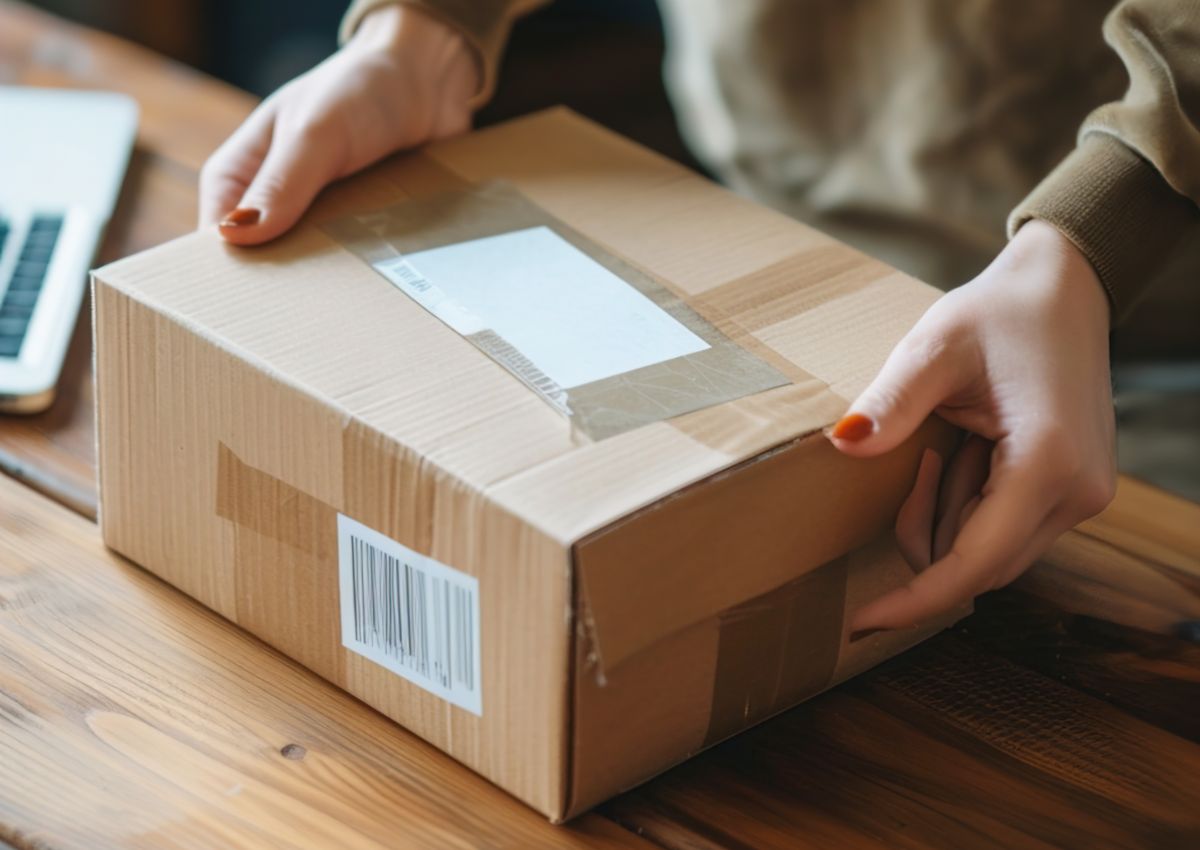Lockdown 2.0 is now upon us, placing even more strain on bricks and mortar retailers and facing many pureplay and omni-channel operators with the most challenging and unusual peak season they have yet faced.
So what is likely to happen and what can retailers do about it? We asked some experts.
Not on the high street
The biggest impact of Lockdown 2.0 is set to be felt by high street retailers. Footfall took a massive hit in the first lockdown and, while some recovery was seen across the summer, according to BRC-ShopperTrak data, that has fallen away in October. The lockdown is going to hit that even harder.
Helen Dickinson OBE, Chief-Executive of British Retail Consortium, says: “Today’s lockdown is likely to see footfall plummet to the depths seen during the previous closures, putting hundreds of thousands of jobs at risk. Despite investment in online and click-and-collect services it is unlikely closed retailers will be able to make up for lost ground. Any extension to the lockdown beyond 3rd December would be catastrophic for ‘non-essential’ retail businesses so we urge the govt to commit to allowing them to reopen from this date safe in the knowledge that the previous reopening did not lead to any spike in infections.”
Furthermore, Dickinson is urging the Government to “wholeheartedly support those businesses they have forced to close, both now and in the future”. With non-food shop sales still 30% down over the last six months, it is vital these retailers do not face a cliff-edge of 100% business rates liability from April 2021, she says.
Andy Sumpter, Retail Consultant for EMEA at ShopperTrak, adds: “The second wave of coronavirus has turned the tide on retail’s footfall recovery, with October’s figures faltering for the first time since the initial lockdown in Spring. With local restrictions tightening and the uptick in infection rates, the downturn in consumer confidence saw numbers of shoppers decline further – not even the prospect of Halloween, usually a peak trading period for retailers, could buoy the diminishing shopper traffic on the High Street.”
After news of the second lockdown was announced, Sunday 1 November experienced a surge in footfall as consumers rushed into store to pick up essentials and fast-track Christmas shopping. This continued into the week, with shopper traffic up markedly on the previous week.
Sumptner warns: “However, this short-lived upshoot in footfall will do little to console retailers, who have been forced to shut just as they prepare for Christmas, their most crucial trading period. In the first lockdown, we saw shopper traffic bottom out at -85%, and we expect November to follow the same trajectory, meaning retailers now face the prospect of a bleak, rather than a Black Friday.”
The upshot could be even more permanent shuttering of as many as 18,000 stores, according to a study by Local Data Company (LDC). It predicts that nearly 15,000 more stores will close in 2020, adding to the 9,169 that shuttered across 2019.
Some stay open
While most bricks and mortar stores are preparing for closure at their potentially busiest time of year, some retailers will be remaining open.
Food stores are all going to be allowed to continue to trade, albeit with social distancing and strict headcounts, as will DIY stores.
M&S is also being allowed to keep its clothing and homewares departments open through the lockdown. Because the store sells food – and is therefore considered essential – under the government rules it can still keep its clothing and other departments open, so long as it adheres to the social distancing rules.
“We are very clear that we will follow the government guidelines as laid out, but our stores will remain open,” CEO Steve Rowe said in a statement. “We’re classified as a store that is key because of our food business, and the guidelines say that, while standalone clothing and home stores will be temporarily closed, anywhere where there is food may remain open, and so we’ll continue to serve our customers in the right way, in a safe environment.”
This will come as good news to M&S, which logged its first ever loss yesterday, off the back of store closures in the first lockdown, but is likely to attract the ire of all those pureplay clothing and homeware retailers who will cry foul. The retailer is also hoping to drive sales through a new Book & Shop programme, where consumers can book a time slot to safely browse their physical stores.
It isn’t all good news for the supermarkets however, either. Sainsbury’s today, for example, has cut 3500 jobs, primarily in deli counters and stand alone Argos outlets as it too recognises just how Lockdown 2.0 is set to change physical retail.
Online retailers confident
Conversely, online retailers are more confident that they will weather the storm. They have a lot of customer shopping habit data from the first lockdown to go on and are bullish that they are likely to see strong sales even when Lockdown 2.0 starts to bite.
As we report, two-thirds (67%) of non-essential online retailers are confident about the future of their business – and as of October 2020, half (51%) saw growth in their domestic sales since the outbreak of the pandemic.
However, 62% of British retailers express concerns that Q4 sales will not be enough to recover from the impact of COVID-19, says the same survey of 200 discretionary online and multichannel British retailers commissioned by Global-e and carried out by Censuswide. So it won’t be plain sailing here either.
Tjeerd Brenninkmeijer, EVP EMEA at eCommerce experience specialist Bloomreach, says:“This doesn’t need to be the case for any brand with a robust eCommerce machine: the first lockdown has provided swathes of data into shopper behaviour, from the products most likely to be out of stock through to the most popular times for online shopping. Now is the time to mine all this data to create contingency plans and keep the festive season jolly.”
Brenninkmeijer adds: “Luckily, almost 70% of shoppers were already planning to start their festive purchases in November. This means that brands will already have put the right systems in place to service them: hired or reallocated teams to fulfil online orders, ensured that online shopping services are able to handle increased capacity and streamlining home delivery services to ensure that even the most-tardy shoppers won’t end up with empty stockings this festive season. For those that haven’t yet done so, the clock is ticking to deliver a Christmas like no other – and prioritising these areas should be top of the list this week.”
Omni-channel challenges
Those retailers that offer both online and in-store have the best and worst of both worlds. How they capitalise on the ‘best’ and mitigate the ‘worst’ will determine how they weather Lockdown 2.0 and beyond.
Things they need to look out for are how to adapt to new ways of shopping and will need to rapidly restructure their businesses to make the best new use of existing store properties and stock therein, while also ramping up online offerings that include click and collect and curb-side pick up.
Samuel Mueller, CEO at Scandit, explains: “The point of sale no longer sits behind a fixed counter. Retailers will need to prepare for the surge in online sales, as customers will be unwilling or unable to shop in-store. Customers have responded well to the expanded world of self-scanning, click-and-collect, curb-side pickup and home delivery. Our customer data shows that some retailers have seen up to a 500% increase in transactions through these contactless solutions.”
He continues:” Since the outbreak of coronavirus, computer vision software on personal phones is yielding new value for businesses, allowing staff to maintain social distancing, and keeping them and customers safe “Smart scanning, with computer vision and AR on a smartphone, is a frictionless and fast way to identify and pick products from storerooms. And with the retail industry set to fluctuate for the foreseeable future as employees self-isolate and redeploy – and shopping patterns change in line with government measures – it’s a model that scales, easily and affordably.”
Andy Halliwell, senior director, retail and retail analyst at consultancy Publicis Sapient agrees, offering a warning that the stores that are open are going to also be looking to capitalise on what they learned in the first lockdown: ““This Christmas is going to be extremely challenging and for many businesses they will be rolling the dice to see which markets remain open, and which ones go into lockdown. Businesses with higher levels of organisational and supply agility will win out, as will those that have adopted digital technologies aggressively not to just sell online, but to enable different types of fulfilment like Click and Collect or Ship-From-Store. Non-essential retailers will need to lean heavily on digital to help them move inventory that would otherwise be “trapped” in stores which aren’t allowed to open during lockdown. However, this is going to again play into the hands of multi-category retailers like Tesco and Sainsburys, where they can remain open for grocery sales, but pick up a lot of additional opportunities to sell general merchandise or clothing as well.”








